In the last decade US brush fire exposures have nearly tripled and the frequency of such events is clearly on the rise. By Amy Block
On 21 October 2007, wildfires ignited across Southern California (see Figure 1) damaging thousands of homes and resulting in widespread evacuations. Insured losses exceeded $1.6 billion, according to estimates by the Insurance Network of California.
Since 2001, there have been several significant brush fire events with losses totalling over $25 billion, according to PCS estimates and adjusted to 2007 dollars. With forecasts for the 2008 season expected to be higher than ever, it is essential that homeowners seek more effective ways to protect their homes and insurers become more proactive in managing their potential losses.
Severe and extreme drought conditions were still in effect in southern California in January 2008, although they were even worse in parts of the southeastern United States, according to the US National Weather Service.
A changing landscape
A scientific study, published in the 4 September 2007 edition of the Proceedings of the National Academy of Sciences, reinforced what fire safety experts have been saying for years about the role houses play in the spread of wildfires: that making entire neighbourhoods fire resistant slows down the spread of fire. The likelihood of fires spreading from one site to another depends on many factors including the density and proximity of fuel — flammable material, such as dry grasses and weeds that burn easily, and unprotected structures.
Protecting a building from wildfire means two things in principle:
• Removing flammable materials from around the building
• Constructing with fire resistant material Just as in the aftermath of Hurricane Andrew in 1992 when Florida changed its residential building codes, so the rise in catastrophic brush fire events in recent years has meant that areas vulnerable to brush fires now adhere to stricter fire preventive building and landscaping rules.
These new landscaping provisions proved effective during California’s Witch fire, the most destructive of the October 2007 fires, when several newly built neighbourhoods escaped damage, while nearby structures which had not adhered to the regulations were destroyed.
The California Building Commission adopted wildland-urban interface codes in late 2005. The majority of the new requirements take effect in 2008. These new codes include provisions for ignition-resistant construction standards in the wildland-urban interface. Building officials will use the updated fire hazard severity zones to determine appropriate construction materials for new buildings adjoining open land.
The law currently requires that homeowners clear 9m (30 feet) and clear vegetation to 30m (100 feet) around their buildings to create a defensible space for fire-fighters to protect their homes. The new building codes will protect buildings from being ignited by flying embers, which can travel as much as a mile from the wildfire.
When houses are not fire resistant, they add greatly to the fuel load and potential for the fire to spread because they quickly burn down to the ground. When homes are fire resistant, not only are they less likely to burn but they also act as a fire break, reducing the ultimate size of the fire and enabling it to be brought under control more easily.
Exposure management
Insurers have also adopted a much more proactive approach to managing their exposures to losses from brush fires. This is not surprising given that in the last decade brush fire exposures have nearly tripled and the frequency of such events is clearly on the rise. Furthermore, according to the Insurance Information Institute, 2006 set a record both in the number of forest fires and their size. There were 96,385 fires reported and 9.9 million acres of forest and woodland burned, a 125% increase over the 10 year average, according to the National Interagency Fire Center. Fifty percent of the total occurred in the southern section of the country, which stretches from Texas to Georgia. In 2005, more than 8 million acres burned.
Over the past decade, the acreage burned has increased as drought, record high temperatures and the build-up of dead trees and dry brush have combined with residential development to heighten the risk of fire. According to a University of Wisconsin study, more than 8.6 million new homes have been built within 9km (30 miles) of a national forest in the West since 1982.
Conditions remain dangerous after the fire has passed, because burned areas that have lost trees, shrubs and other vegetation during wildfires are particularly vulnerable to flash floods and debris flows. The potential for such mud slides is very high. Even a moderate amount of rain in a short period falling on a burn scar can lead to serious problems, according to Jim Purpura, meteorologist in charge of the National Weather Service office in San Diego.
Such soils are highly susceptible to erosion, so that floodwaters contain significant amounts of mud, boulders and remaining vegetation. The powerful force of rushing water, soil and rock can destroy culverts, roadways, structures and bridges, and result in injury or death.
Modelling tools
Fortunately, increasingly sophisticated risk modelling tools and more refined techniques for data capture have greatly helped the effective management of brush fire risks.
Guy Carpenter’s i-aXs risk management, for example, combines complex analytics with digital terrain data, satellite imagery and street-level mapping, so insurers can evaluate a property’s exposure to brush fire hazards and the impact on their overall portfolio.
Insurers also have a requirement to evaluate losses and claims during and after a brush fire event. Today’s mapping tools and satellite imagery allow them to overlay current events on their exposures to identify potential claims while the fires are still actively burning.
Data and information must be up-to-date and accurate for insurers to rely on satellite imagery and reported burn areas. This process provides better information and guidance all the way through the claims management process. Monitoring active fires and burn areas on a real-time basis is critical, and insurers can choose from hundreds of websites to view fire statistics and event information, including:
• NASA’s Moderate Resolution Imaging Spectroradiometer (MODIS)
• National Oceanic and Atmospheric Administration (NOAA)
• Federal Emergency Management Agency (FEMA)
• USDA Forest Service Fire and Aviation Management
• Bureau of Land Management
• Fire Information for Resource Management System (FIRMS)
Even after an event, insurers can continue to manage possible claims, again, by using satellite images and other geographic hazard layers, including FEMA remotely sensed damage data, winds and drought conditions. With a bird’s eye view, they can begin assessing damages at individual policy locations earlier than before.
Monitoring brush fire hazard is also essential to an insurer’s ability to underwrite suitable risks and price them adequately to maintain premium ratios. This includes the assessment of existing locations and prospective policies. Risk characteristics of locations can be evaluated against predetermined criteria such as distance to fire station, fire hydrant, brush fire hazard zone or PML to premium ratios, enabling underwriters to identify exposures that fall outside underwriting guidelines.
Understanding the effects of a new location or schedule of locations is an important element in this process. For an insurer, it is essential to know information such as whether a prospective insured property in a high risk brush fire zone is two miles from a fire station or two blocks from the nearest fire hydrant.
Such factors are crucial in determining whether to take on the risk. There are tools available through the internet that allow users to enter a street address and geocode risks to get back all this information and how it relates to their existing portfolio. This gives them a multi-dimensional understanding of new or existing exposures, before the risk is even bound.
Understanding the aggregation of exposures in conjunction with the hazard is also critical for insurers in creating a risk management strategy for brush fire hazard management.
With mapping and reporting tools, they can run simple reports to identify areas of accumulations within their portfolios. Once they see their exposure concentrations, they can then easily overlay brush fire hazard zones to identify quickly areas of high vulnerability. Visualising risk on a map may be the most powerful aspect in understanding brush fire risk. Thematically shaded maps are easy to understand and provide detailed accumulation information on total insured value, deductible, net limits, loss and premium within a defined range of geographic data.
As the frequency and severity of brush fires in the United States increase each year, it has become imperative for homeowners and insurers to be proactive in mitigating their risk to this hazard. Luckily, with multiple sources of information on the web and the emergence of increasingly sophisticated technology, this once daunting task has become a much more straightforward and effective process.
Postscript
Amy Block is a managing director at Guy Carpenter. amy.block@guycarp.com www.guycarp.com






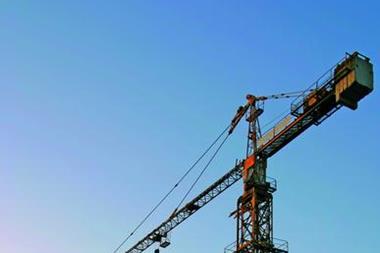
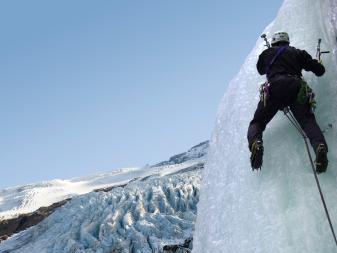
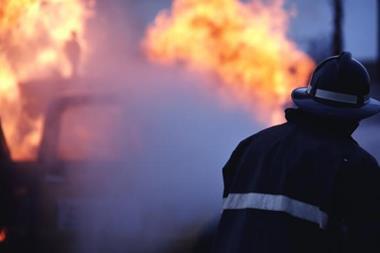
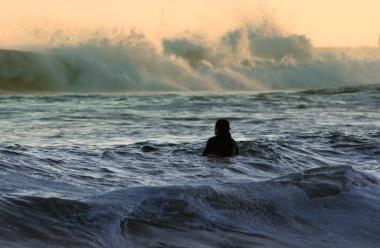
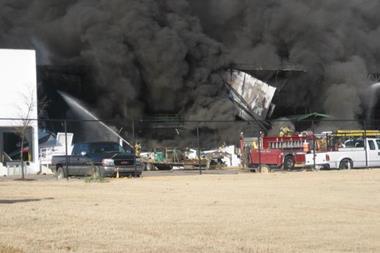









No comments yet